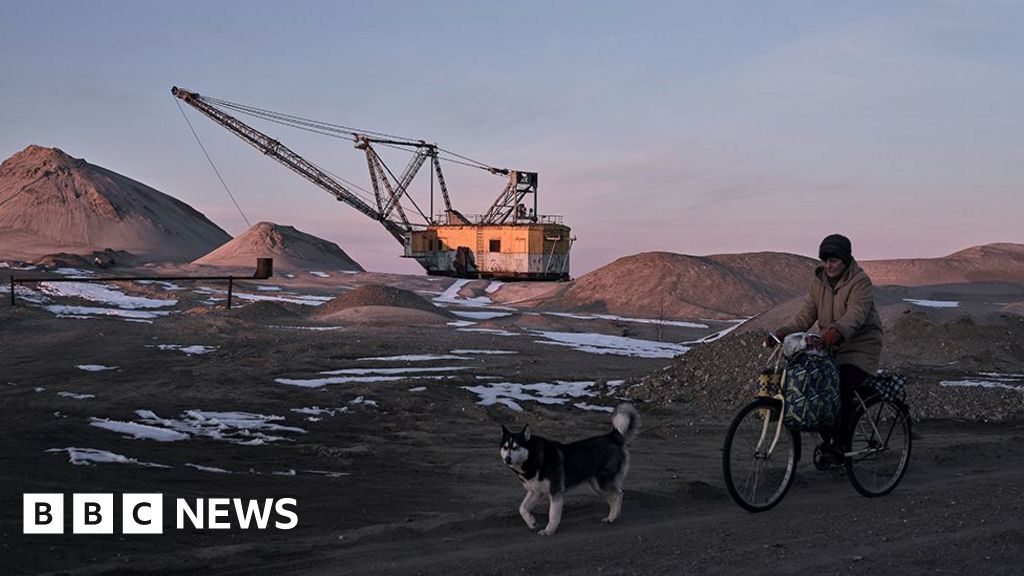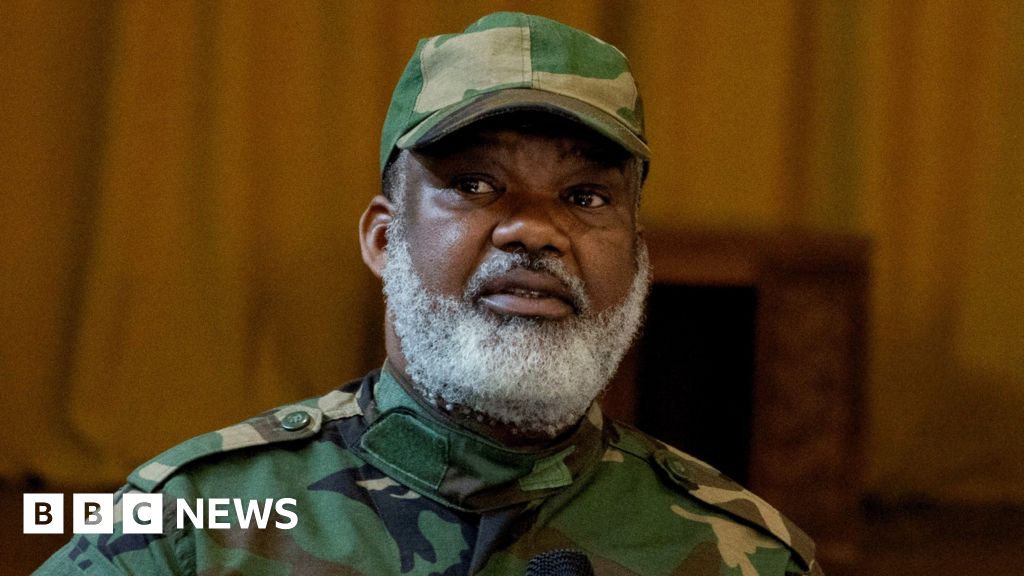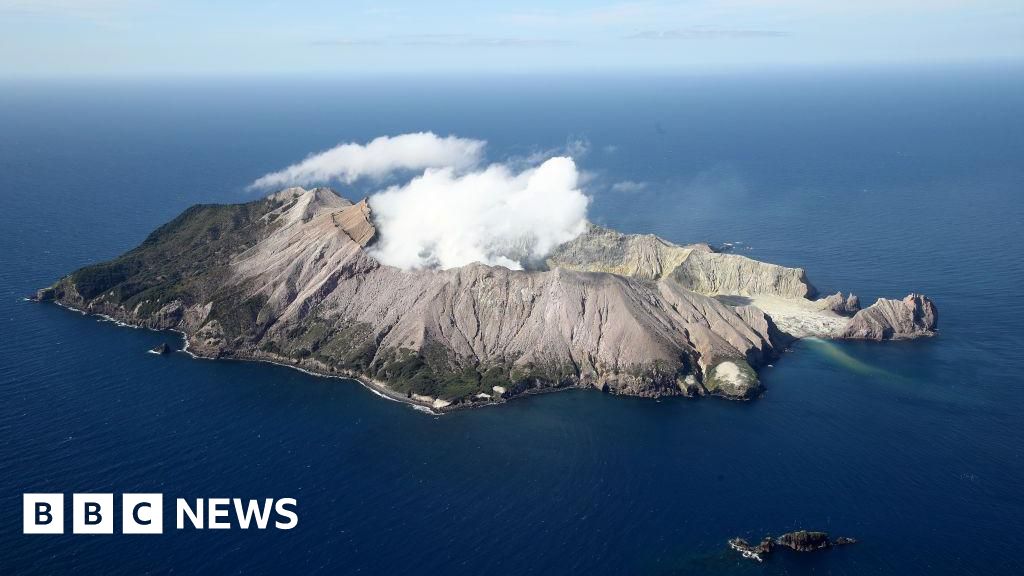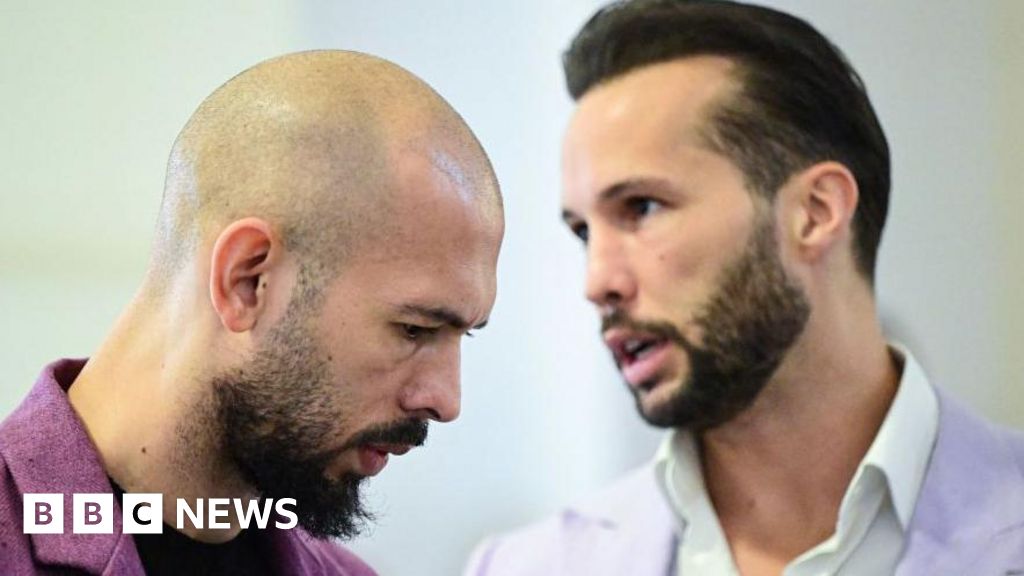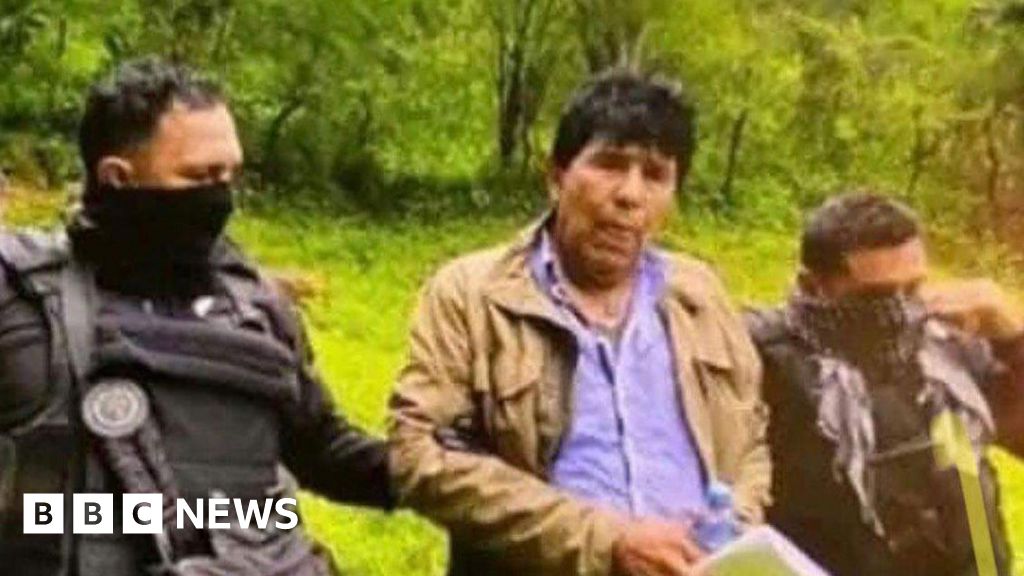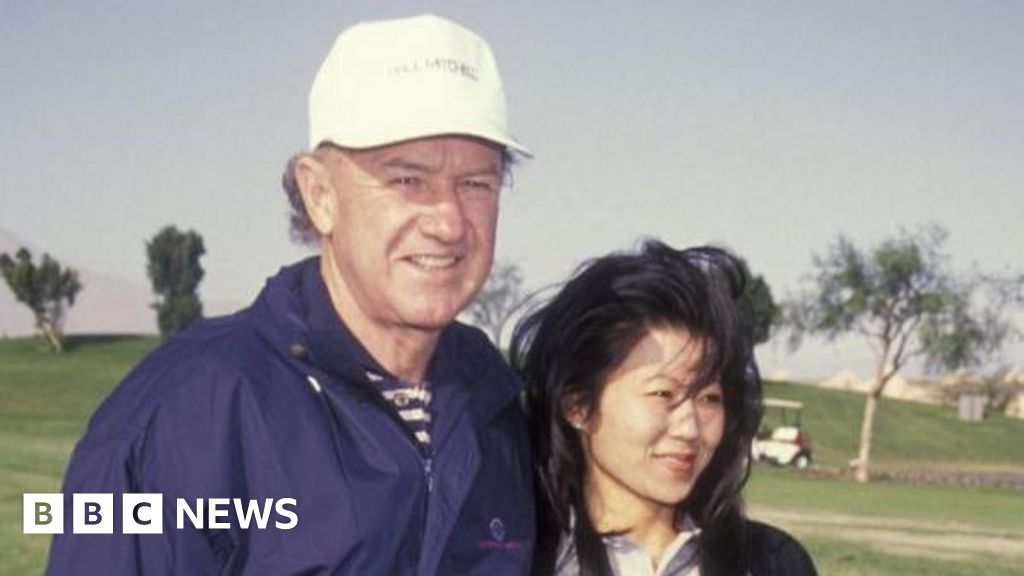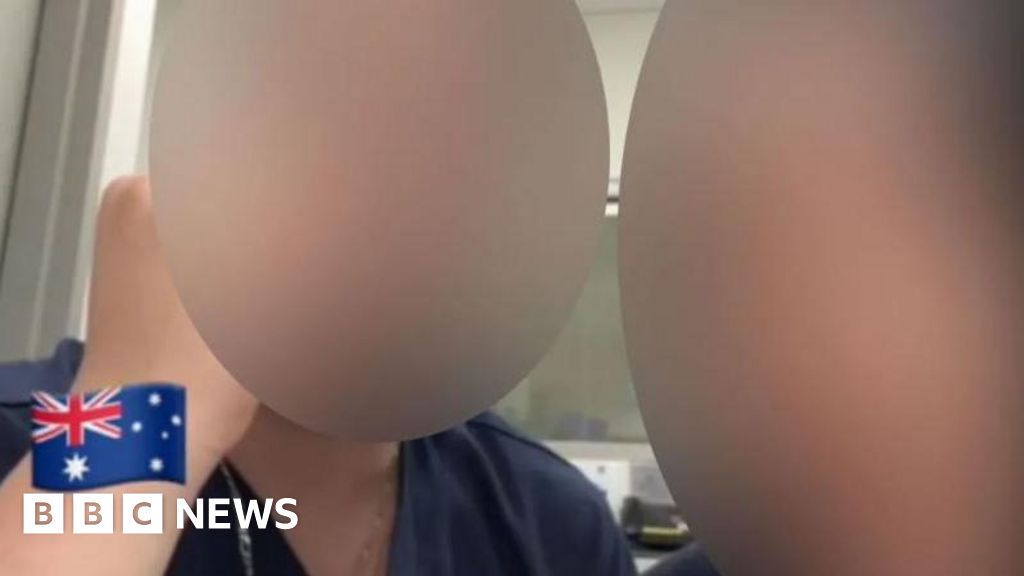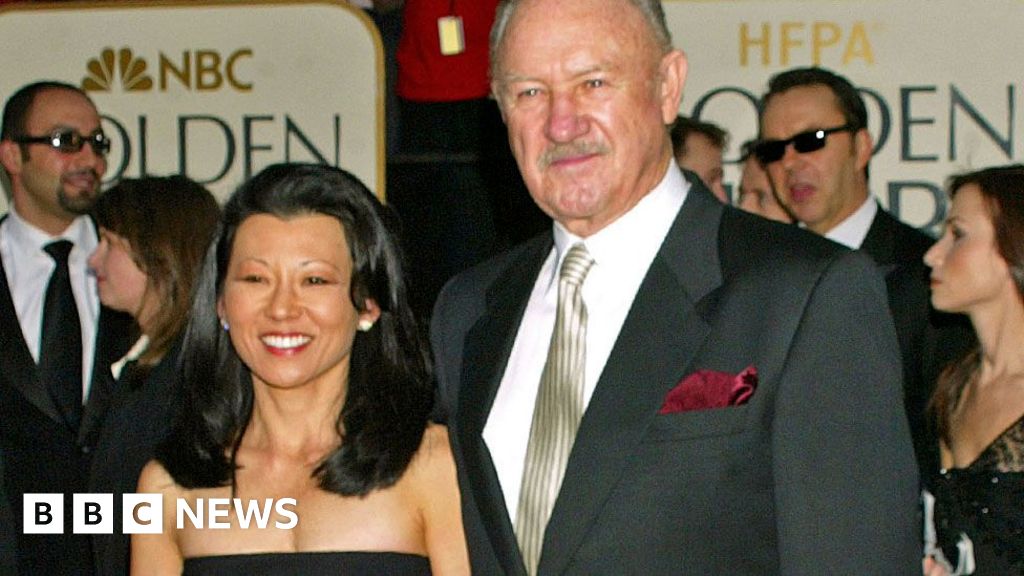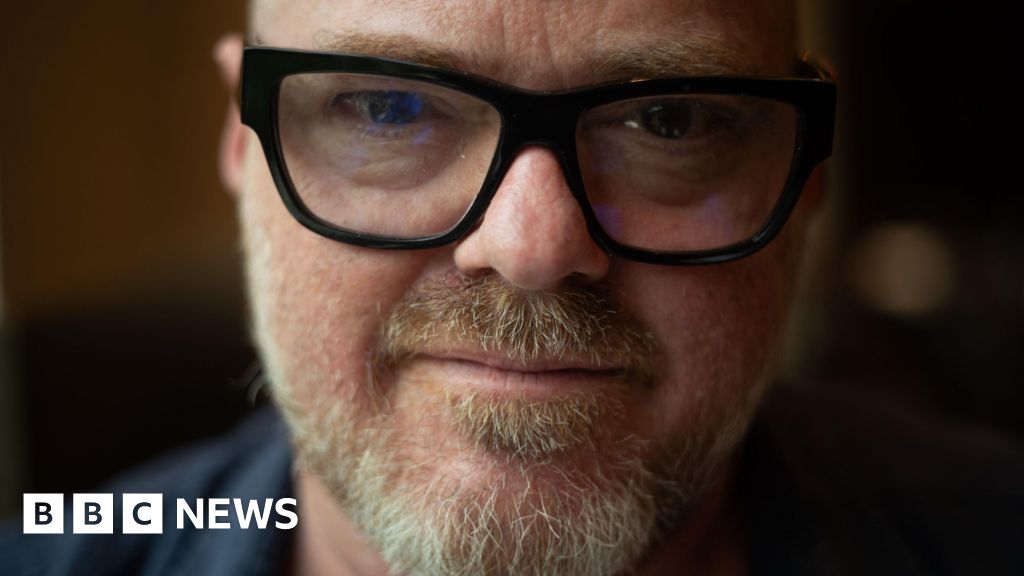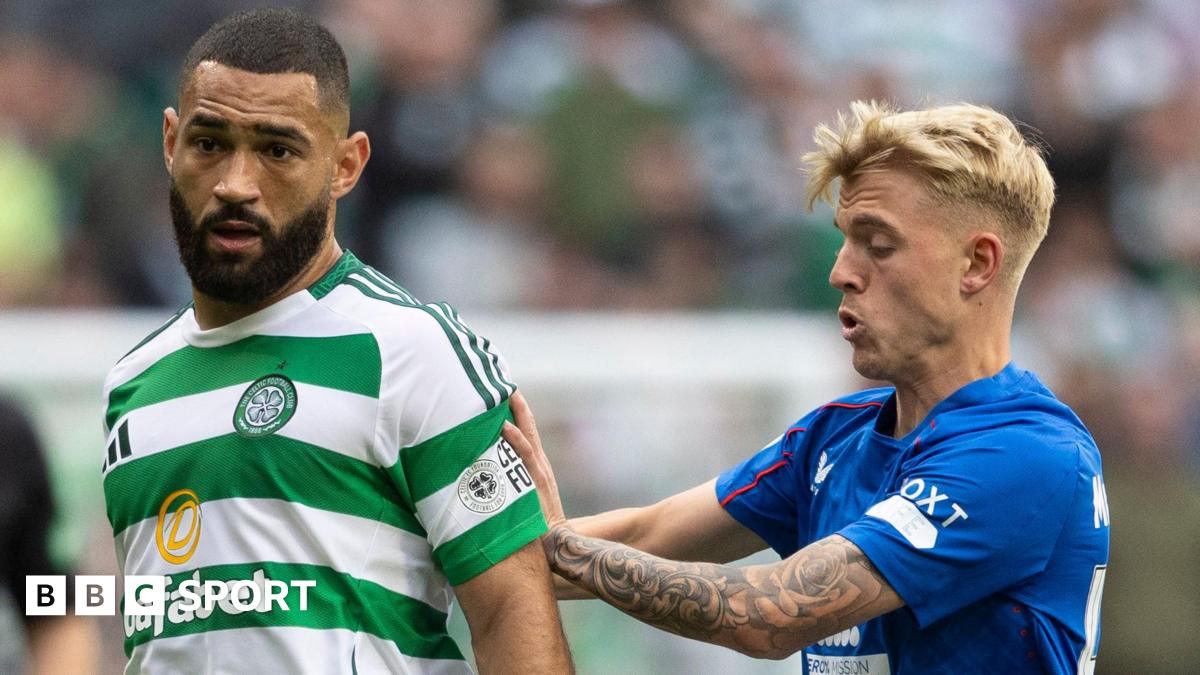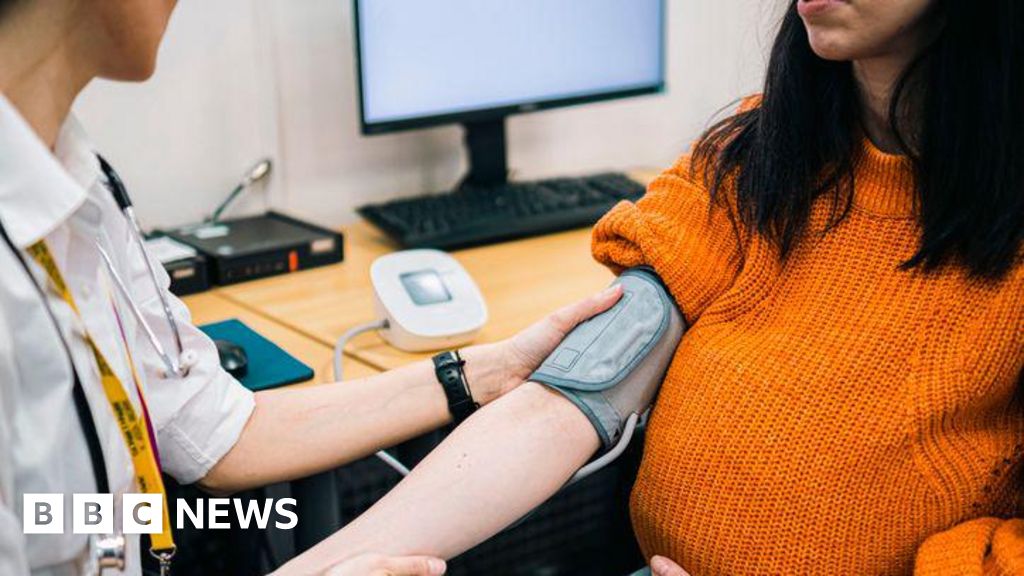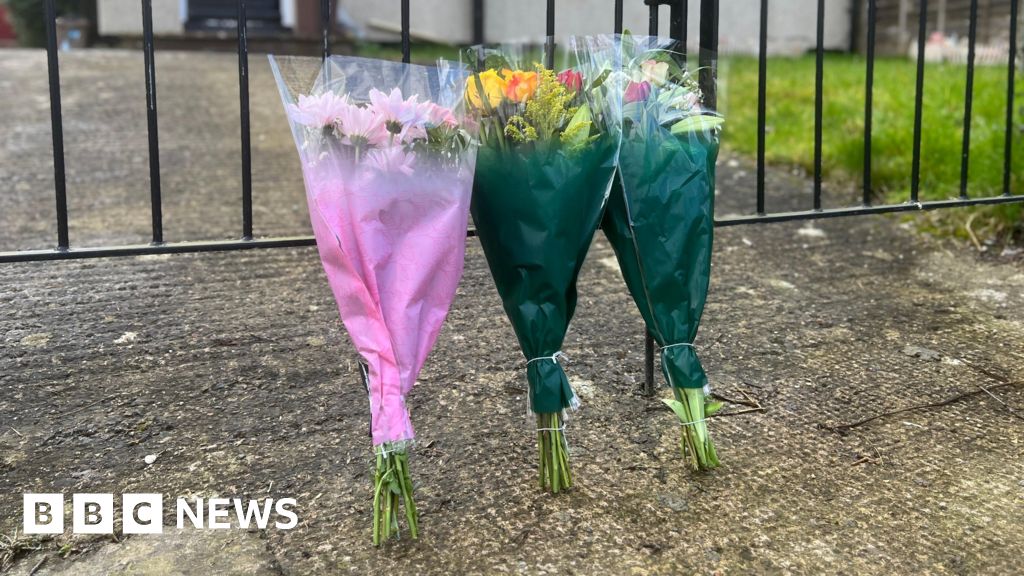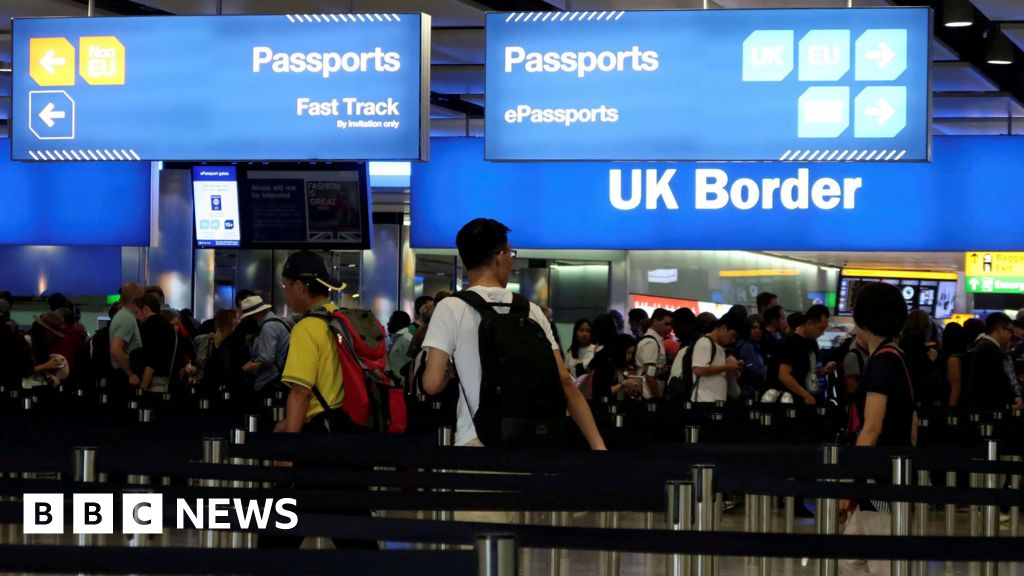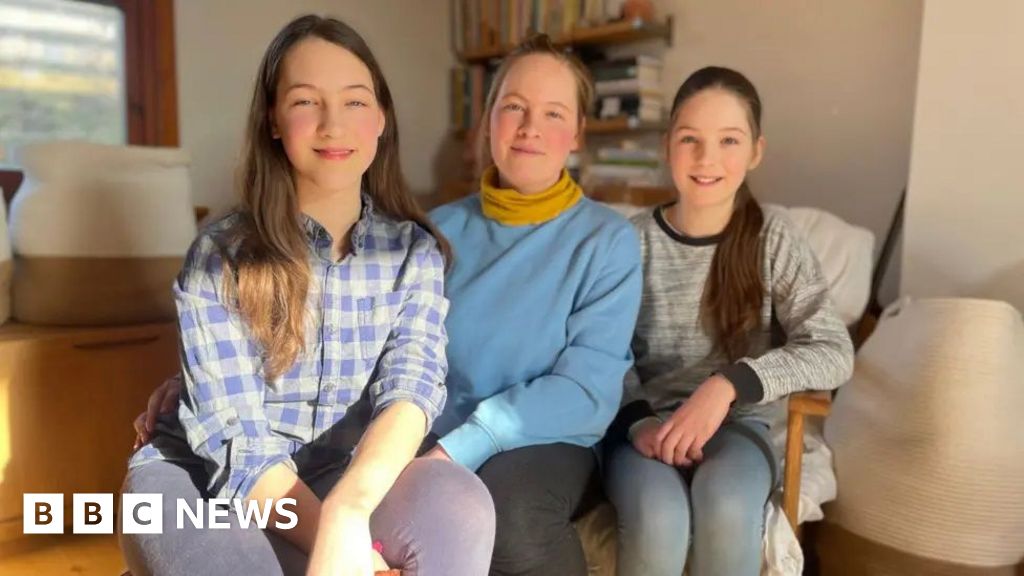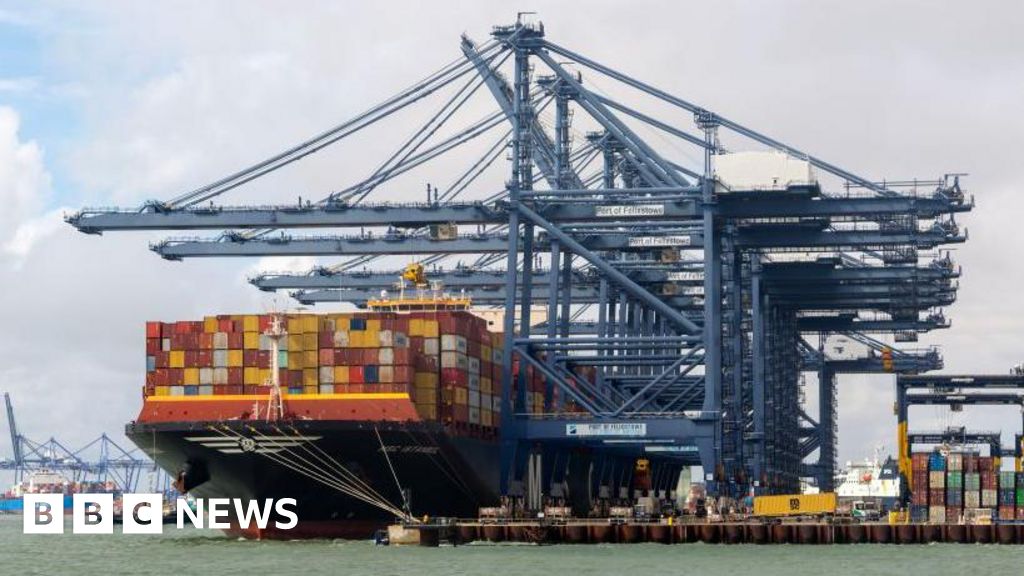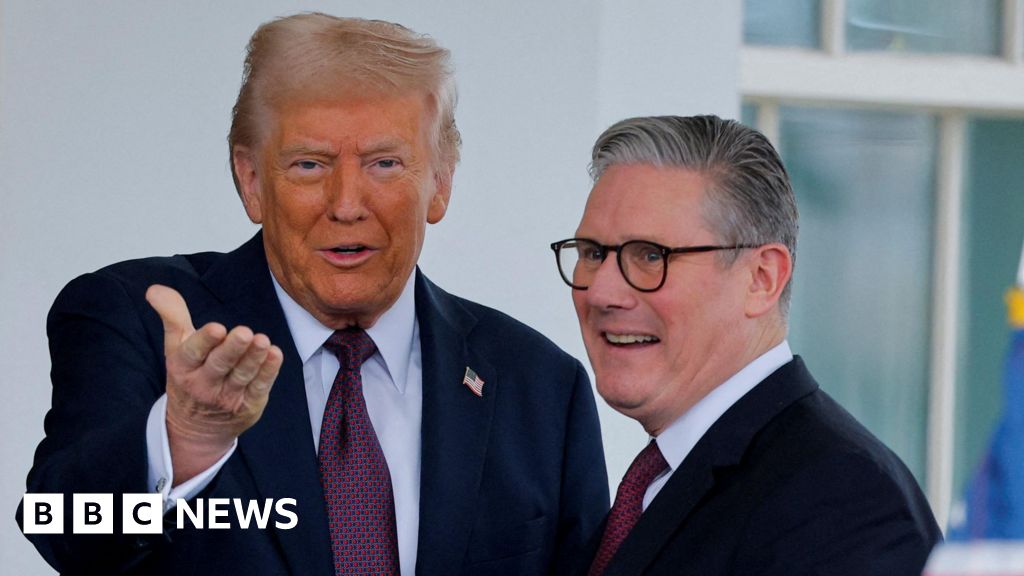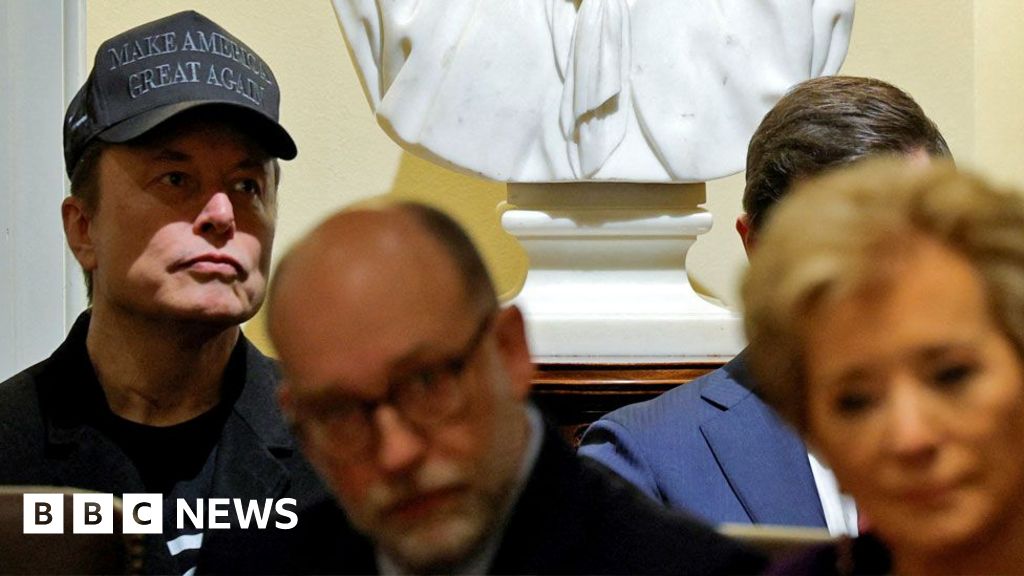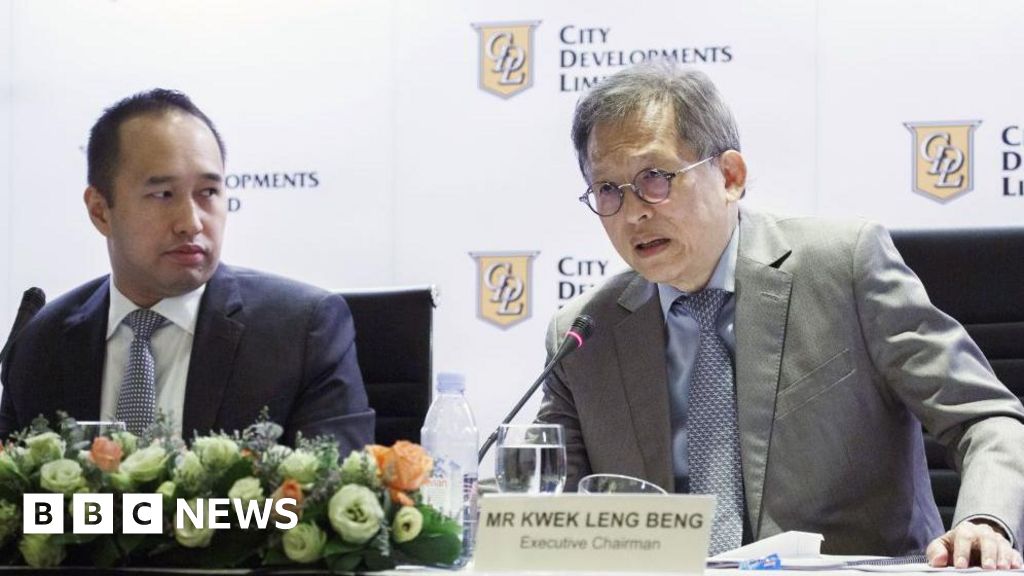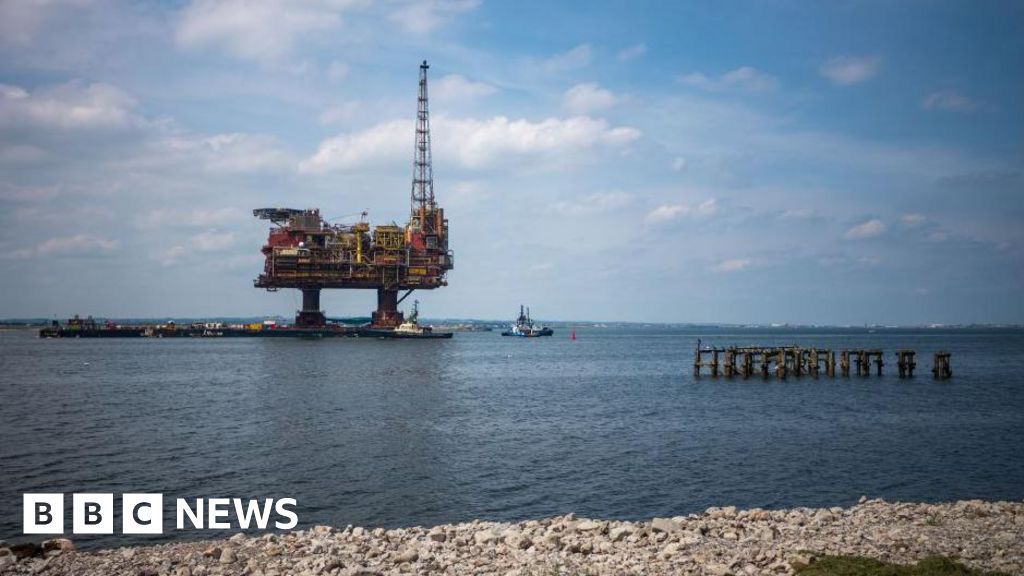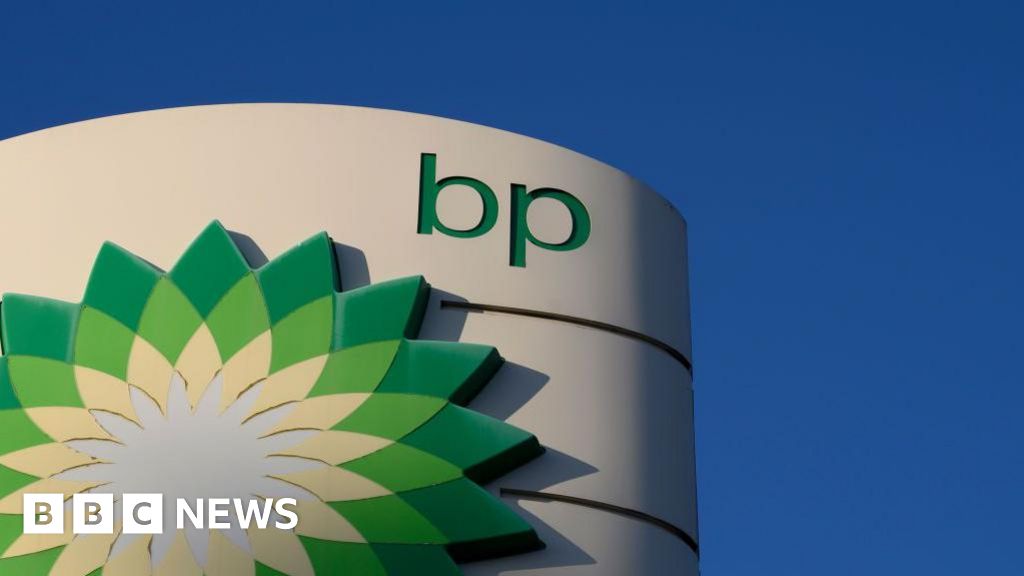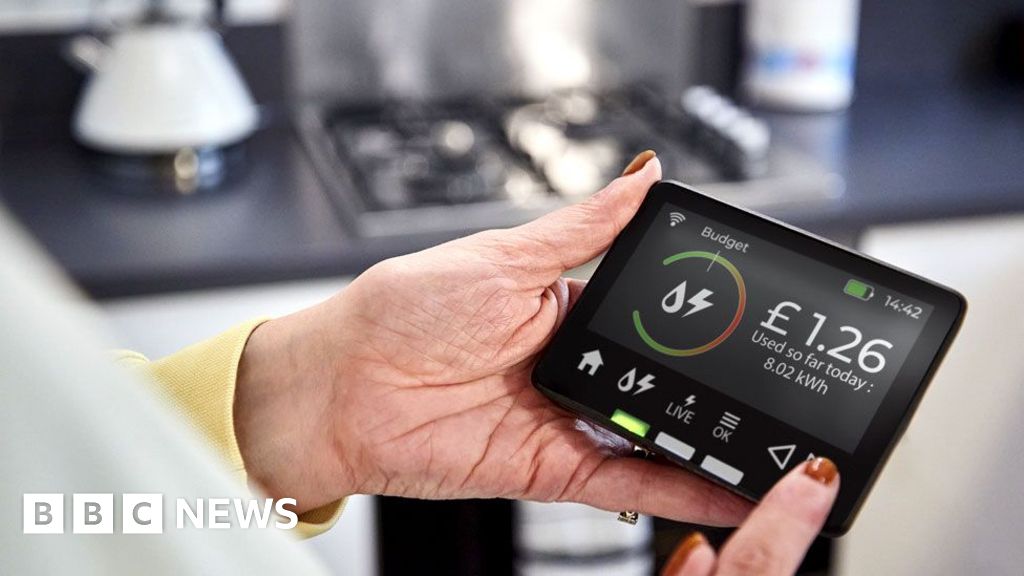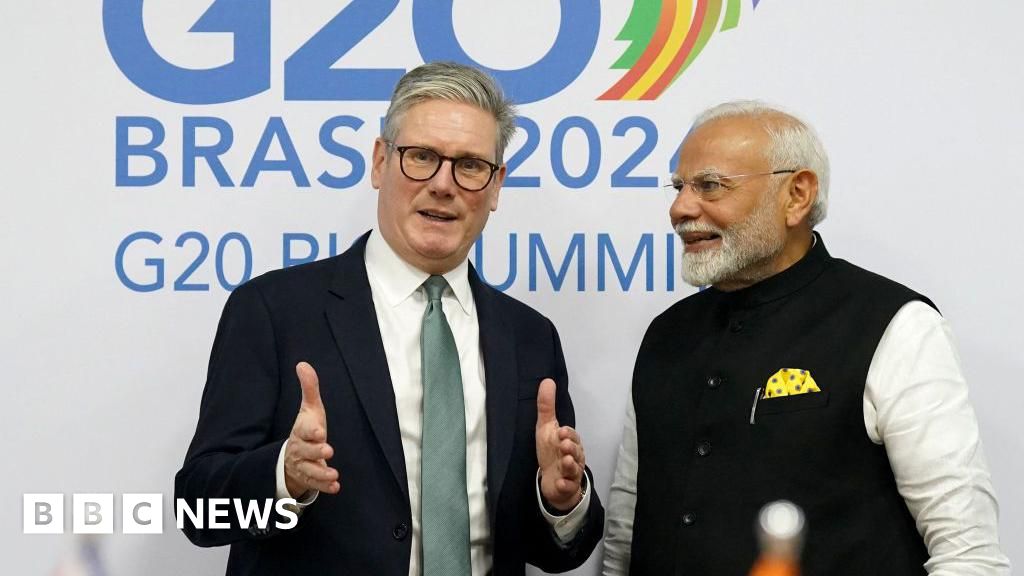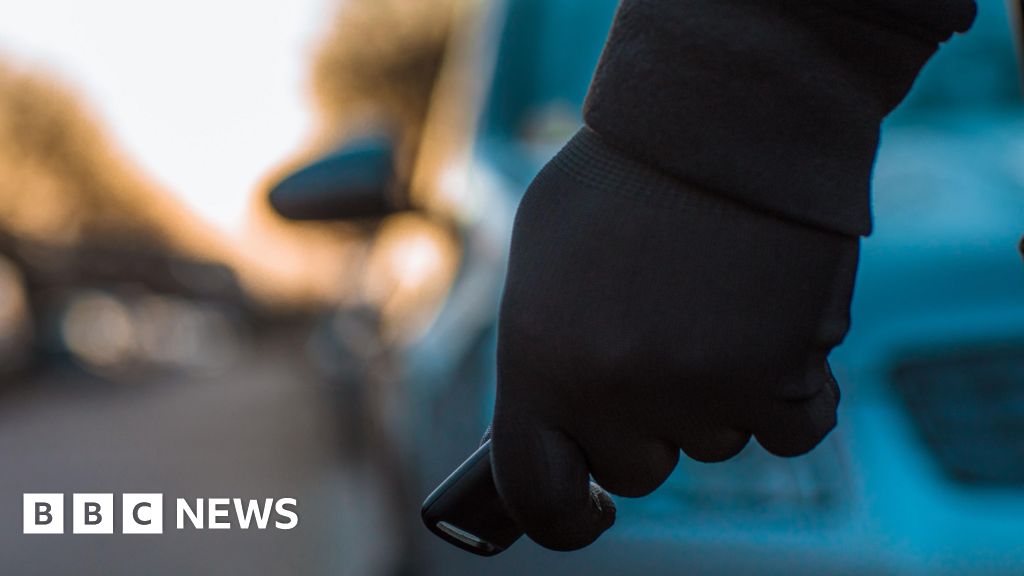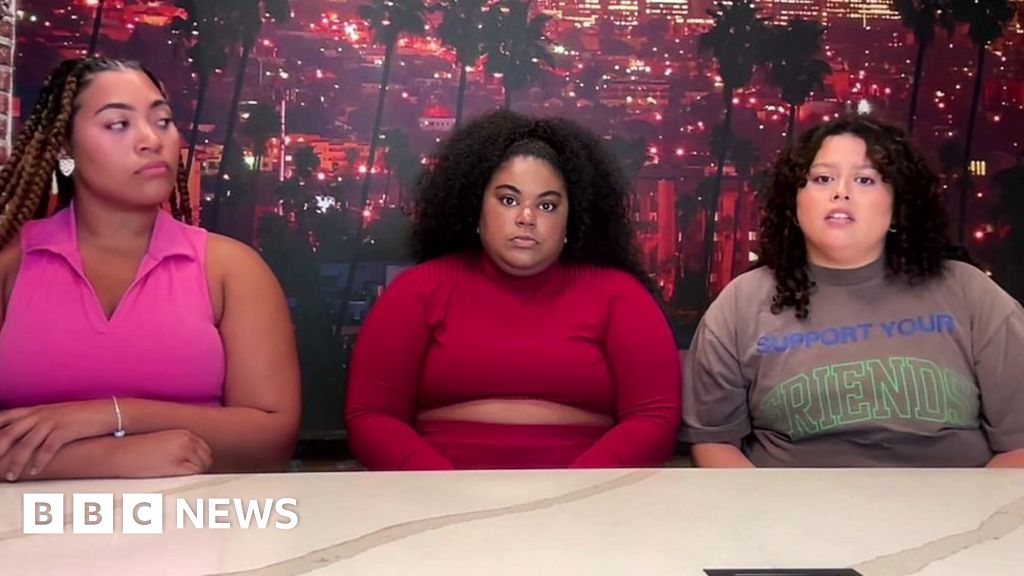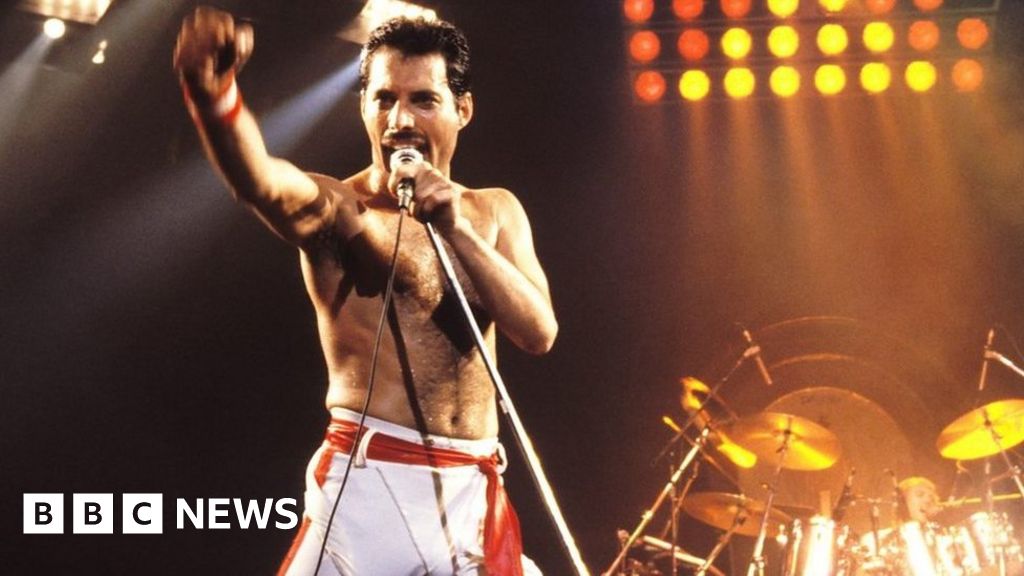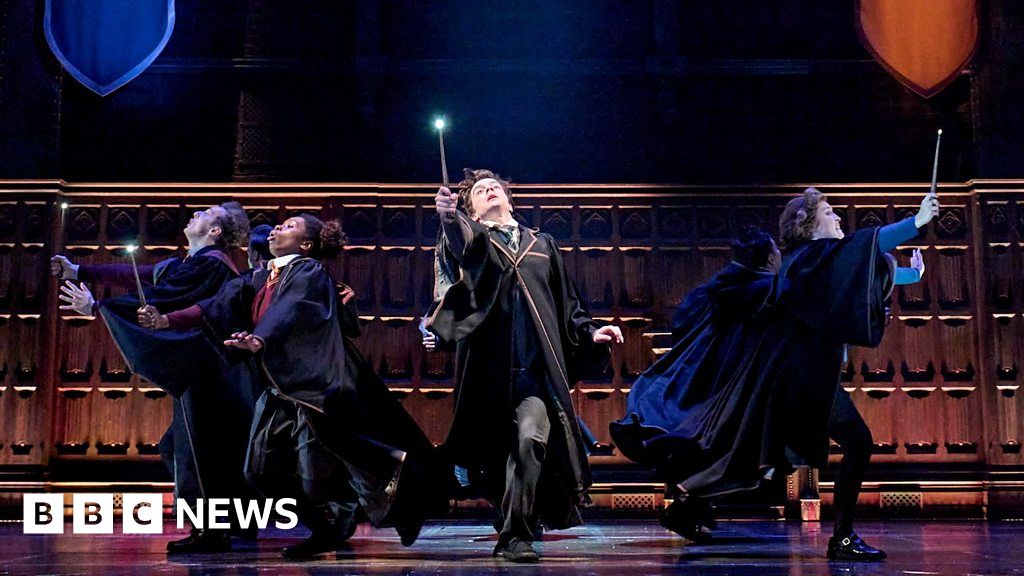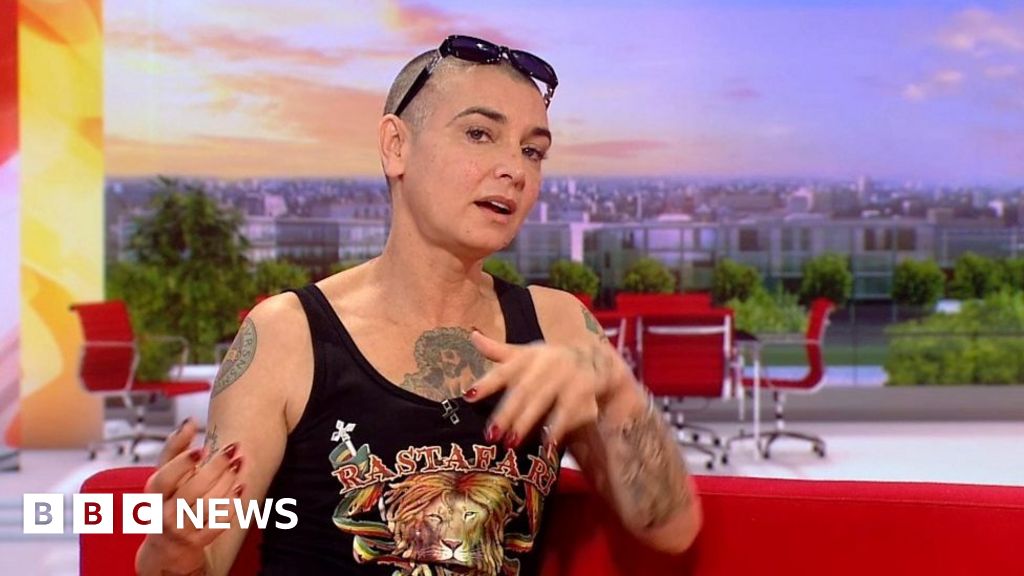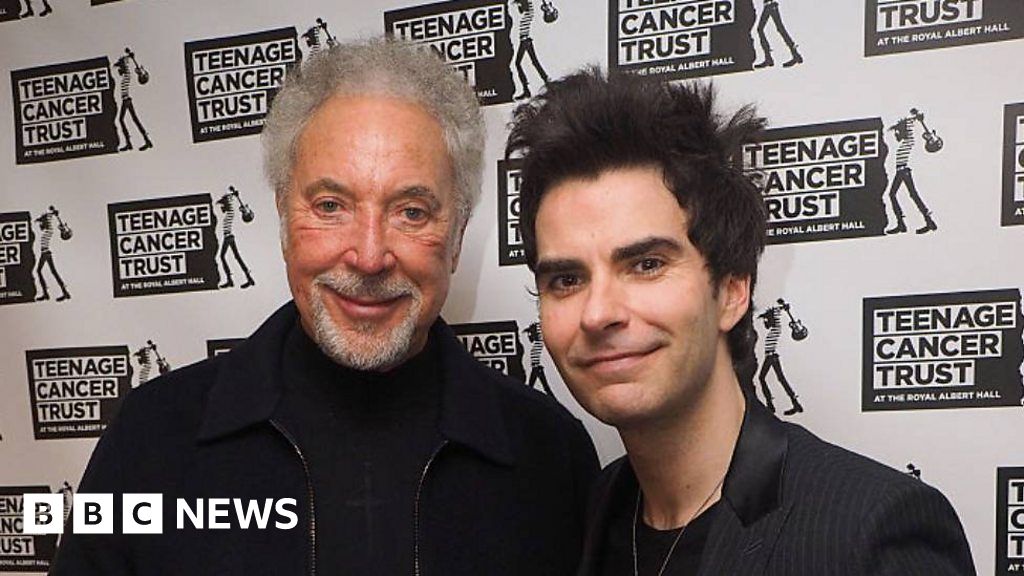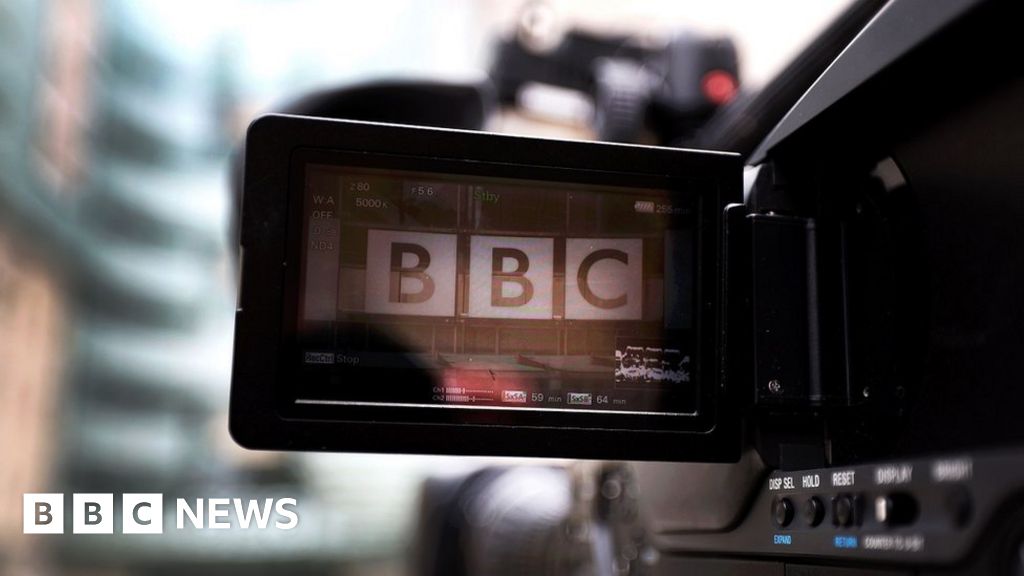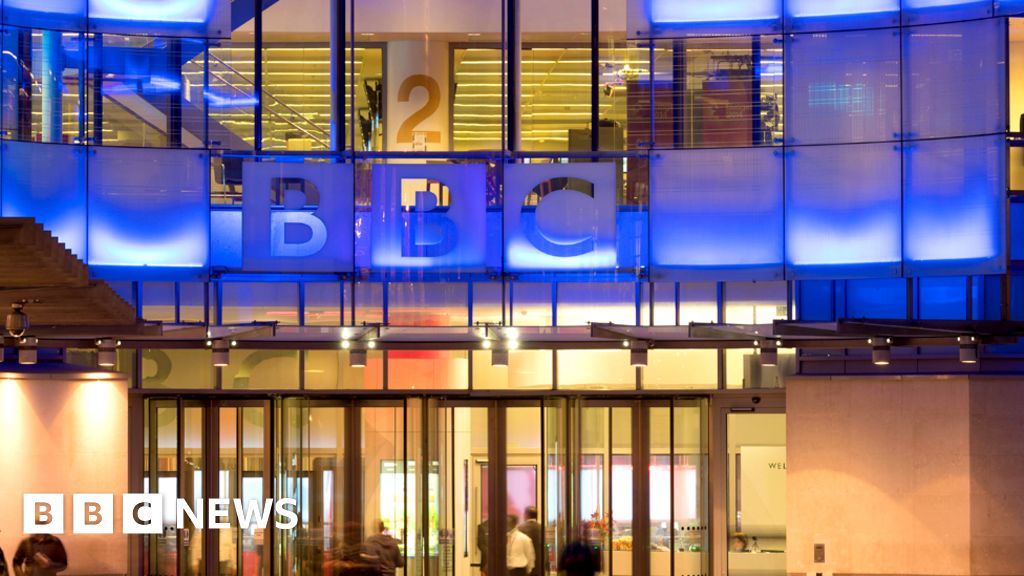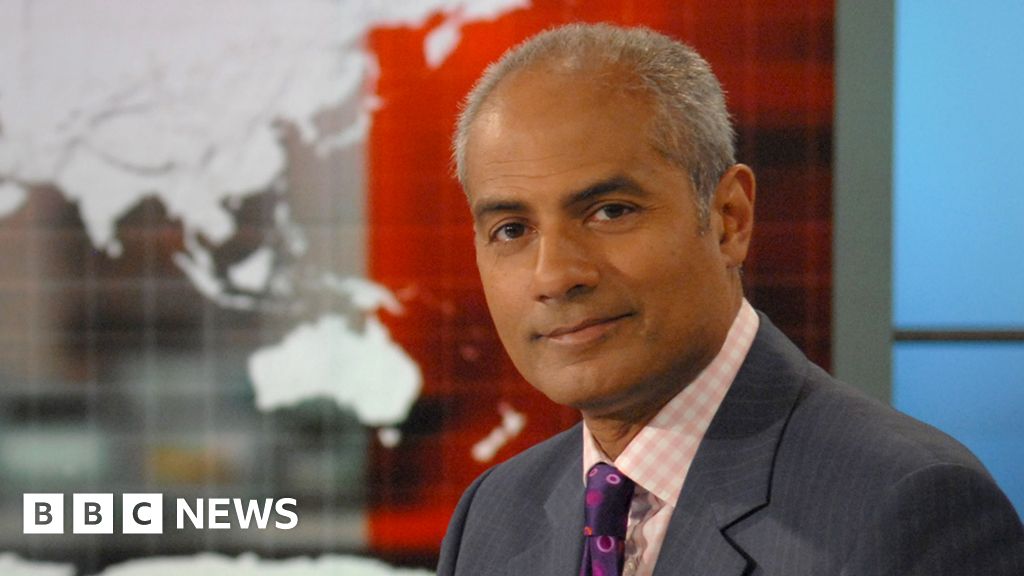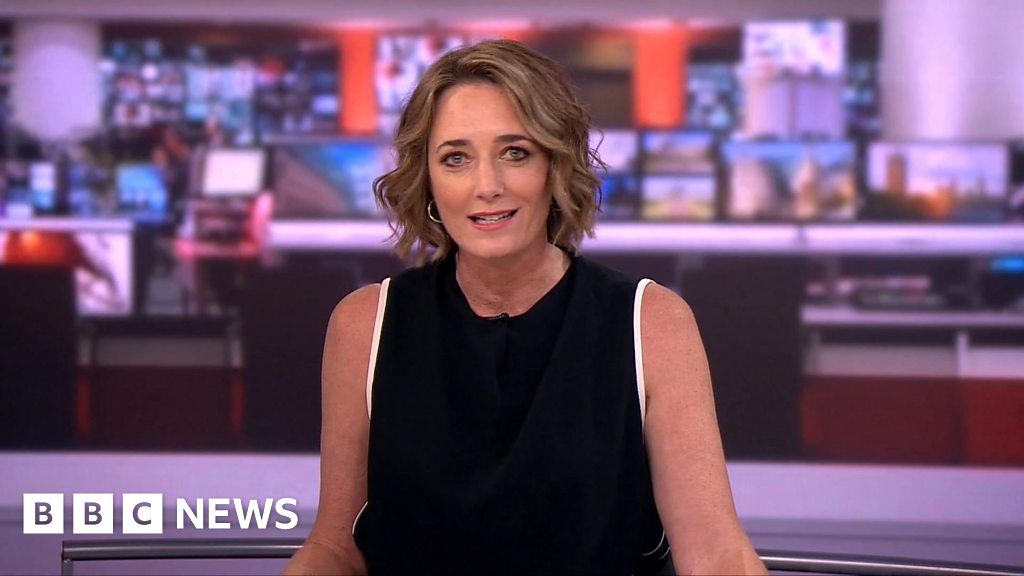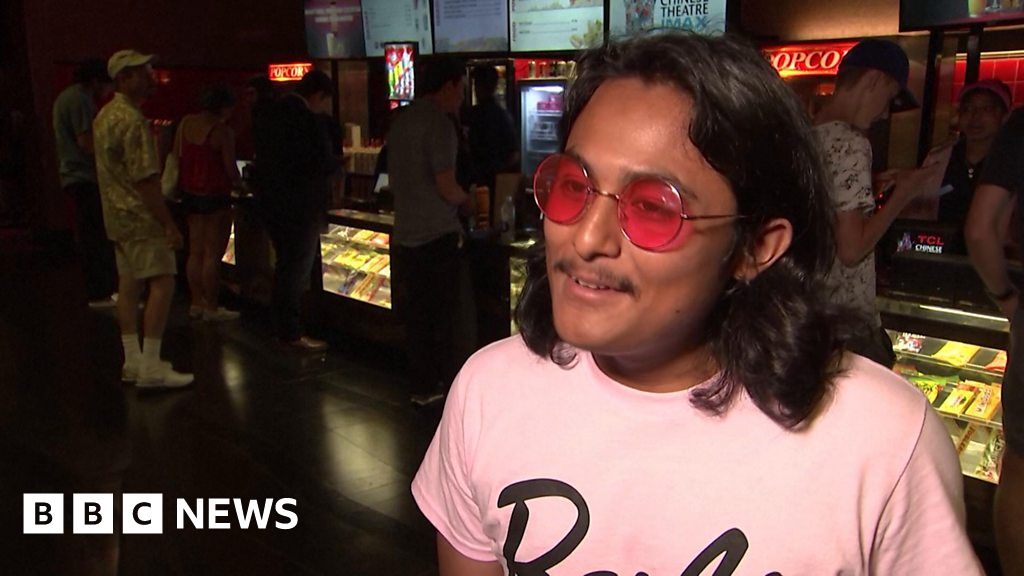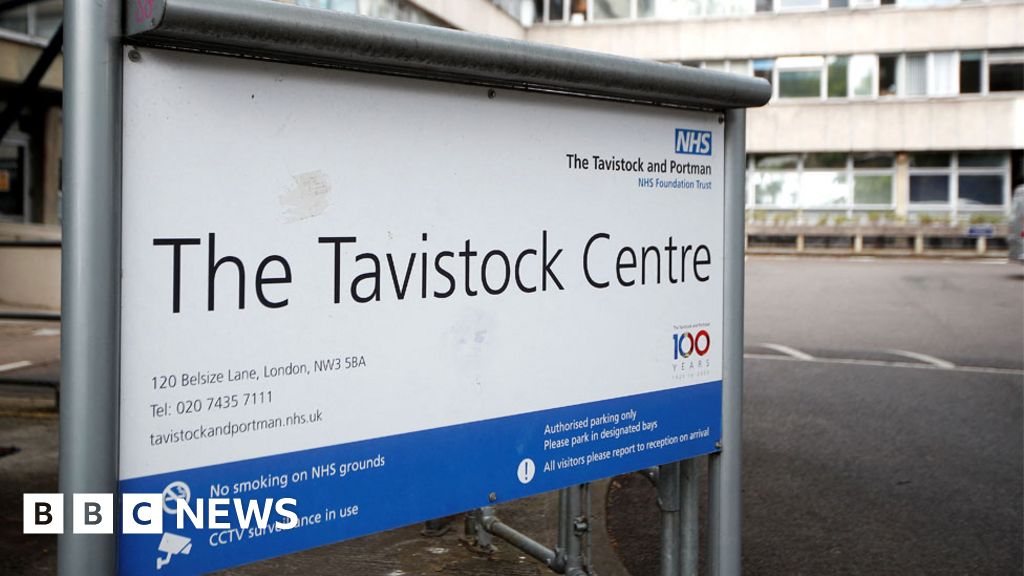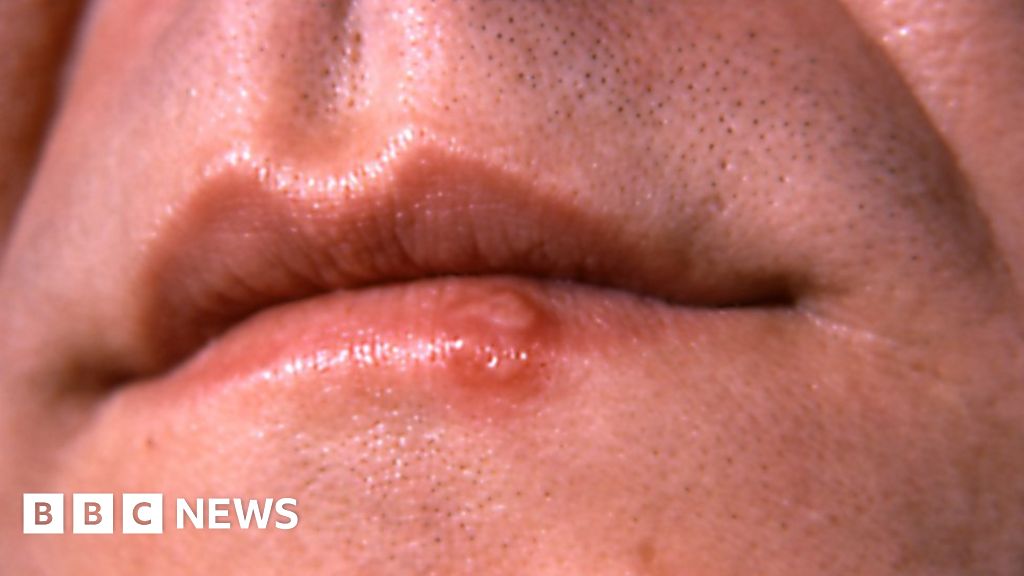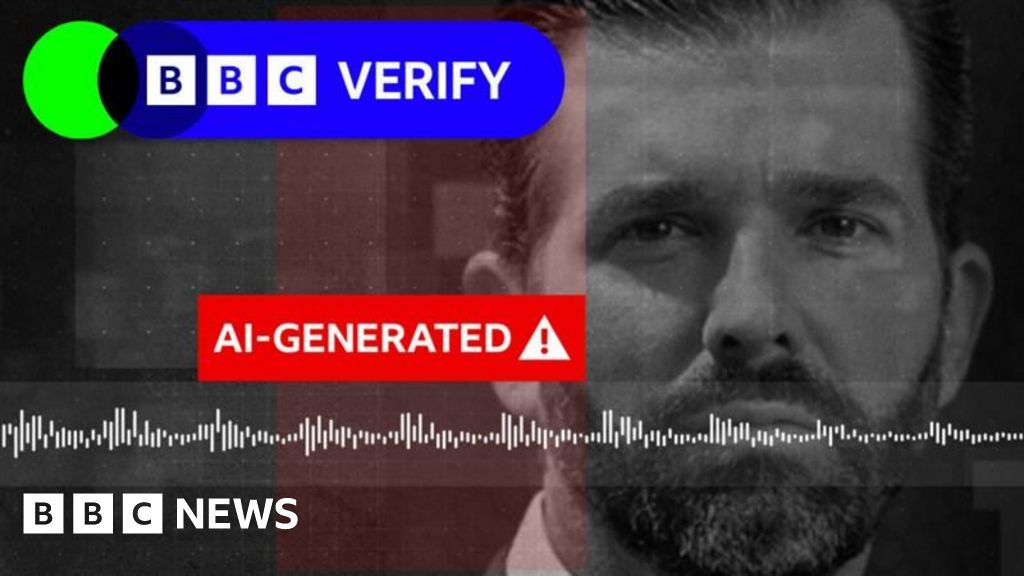BBC News
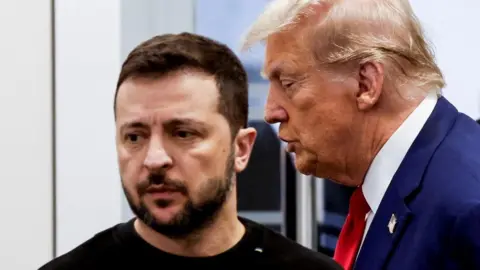 Reuters
ReutersUkraine’s President Volodymyr Zelensky will meet US President Trump in Washington on Friday to sign an agreement that would give the US access to its deposits of rare earth minerals.
Zelensky said he hoped the “preliminary” agreement with the US “will lead to further deals”, but confirmed no American security guarantees have been agreed yet.
Trump said a deal would help American taxpayers “get their money back” for aid sent to Ukraine throughout the war but said the responsibility of Kyiv’s security should fall to Europe.
What are the terms of the deal?
On Wednesday Ukrainian Prime Minister Denys Shmyhal said Ukraine and the US had finalised a version of the agreement. It was published on Friday morning.
The preliminary agreement envisages that an “investment fund” will be set up for Ukraine’s reconstruction.
Shmyhal said Kyiv and Washington would manage the fund on “equal terms”.
According to the deal, Ukraine will contribute 50% of future proceeds from state-owned mineral resources, oil and gas to the fund, and the fund will then invest “to promote the safety, security and prosperity of Ukraine”.
Zelensky has acknowledged the fund but told the BBC on Wednesday it was “too early to talk about money”.
The New York Times reported, citing a draft document, that the US would own the maximum amount of the fund allowed under US law, but not necessarily all of it.
Disagreement over the terms of a minerals deal formed part of what was seen as a deepening rift between Trump and Zelensky in recent weeks.
The Ukrainian president had rejected an initial request from the US for $500bn (£395bn) in mineral wealth, but media reports say this demand has now been dropped.
“The US administration started with a deal that challenged Ukraine’s sovereignty, then pushed an exploitative one that would bankrupt the country,” Tymofiy Mylovanov, a former minister and head of Kyiv school of economics, told the BBC.
“Now, they’ve shifted to a reasonable deal with co-ownership and no direct claims on past aid. That could actually benefit Ukraine.”
On Tuesday, Trump said the US had given Ukraine between $300bn (£237bn) and $350bn (£276bn) in aid, and that he wanted to “get that money back” through a deal.
But German think tank the Kiel Institute estimates the US has sent $119bn in aid to Ukraine.
Does the deal include a security guarantee?
Zelensky has been pushing for a deal to include a firm security guarantee from the US.
But on Wednesday, Ukraine’s leader said no such guarantee had been made.
“I wanted to have a sentence on security guarantees for Ukraine, and it’s important that it’s there,” he said.
Asked by the BBC if he would be prepared to walk away from the agreement if Trump did not offer the guarantees he wanted, Zelensky said: “I want to find a Nato path or something similar.
“If we don’t get security guarantees, we won’t have a ceasefire, nothing will work, nothing.”
Despite this, Shmyhal said on Wednesday the US supported “Ukraine’s efforts to obtain security guarantees to build lasting peace”.
He said Ukraine would not sign the deal until Zelensky and Trump “agree on security guarantees” and decide on how to “tie this preliminary agreement” to a US security guarantee.
Trump said on Wednesday that the US would not provide security guarantees “beyond… very much”, saying responsibility for this fell to Europe.
But he added that the presence of American workers on Ukrainian soil would provide “automatic security”.
The prospect of a minerals deal was first proposed by Zelensky last year as a way to offer the US a tangible reason to continue supporting Ukraine.
Trump said on Tuesday that Ukraine would get “the right to fight on” in return for access to its minerals and suggested the US would continue to supply equipment and ammunition “until we have a deal with Russia”.
The US president has also said Russia is open to accepting European peacekeepers in Ukraine, but Russia’s Foreign Minister Sergei Lavrov said the Kremlin would not consider this as an option.
When will the deal be signed?
Shmyhal said the US and Ukraine had prepared a final version of the agreement.
Zelensky said he would be “very direct” with Trump by asking whether the US would continue supporting Ukraine or not.
Trump has confirmed he will be meeting Zelensky in Washington on Friday to sign the agreement.
However, Zelensky aide Mykhaylo Podolyak said that only a framework agreement was being signed in Washington.
He said that Zelensky envisaged three separate components to the deal – a procedure for investments and their distribution; how profits would be shared out and a procedure for doing so; and security guarantees for Ukraine.
All these would have to be worked out in additional agreements, Podolyak added.
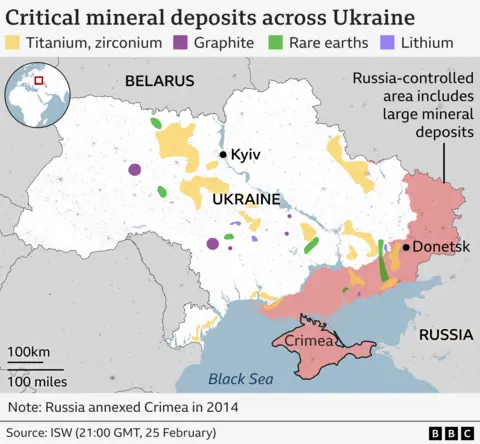
What minerals does Ukraine have?
Kyiv estimates that about 5% of the world’s “critical raw materials” are in Ukraine.
This includes some 19 million tonnes of proven reserves of graphite, which the Ukrainian Geological Survey state agency says makes the nation “one of the top five leading countries” for the supply of the mineral. Graphite is used to make batteries for electric vehicles.
Ukraine also has significant deposits of titanium, lithium and rare earth metals – a group of 17 elements that are used to produce weapons, wind turbines, electronics and other products vital in the modern world.
But some of the country’s mineral deposits have been seized by Russia. According to Yulia Svyrydenko, Ukraine’s economy minister, resources worth $350bn (£277bn) remain in occupied territories today.
There are warnings too that a deal allowing the US access to Ukraine’s vast mineral wealth cannot happen unless the country addresses its problem with unexploded mines.
A quarter of Ukraine’s landmass is estimated to be contaminated with landmines, mainly concentrated in the war-torn east of the country.
Another issue is that it will be some time before anyone sees any material benefits from the deal.
“These resources aren’t in a port or warehouse; they must be developed,” says Mylovanov. “In that sense if the US invests, it will benefit everyone.”
How has Russia reacted?
Vladimir Putin has not yet addressed reports that the terms of a deal between the US and Ukraine have been agreed.
But on Monday evening he told state TV he was ready to “offer” resources to American partners in joint projects, including mining in Russia’s “new territories” – a reference to parts of eastern Ukraine that Russia has occupied since launching a full-scale invasion three years ago.
Putin said a potential US-Ukraine deal on rare minerals was not a concern and that Russia “undoubtedly have, I want to emphasise, significantly more resources of this kind than Ukraine”.
“As for the new territories, it’s the same. We are ready to attract foreign partners to the so-called new, to our historical territories, which have returned to the Russian Federation,” he added.
Commenting on Zelensky’s visit to Washington, Kremlin spokesman Dmitry Peskov said on Tuesday: “Whether it will be [to sign] the aforementioned agreement or something else, we’ll see. There have been no official statements on this matter yet.”

